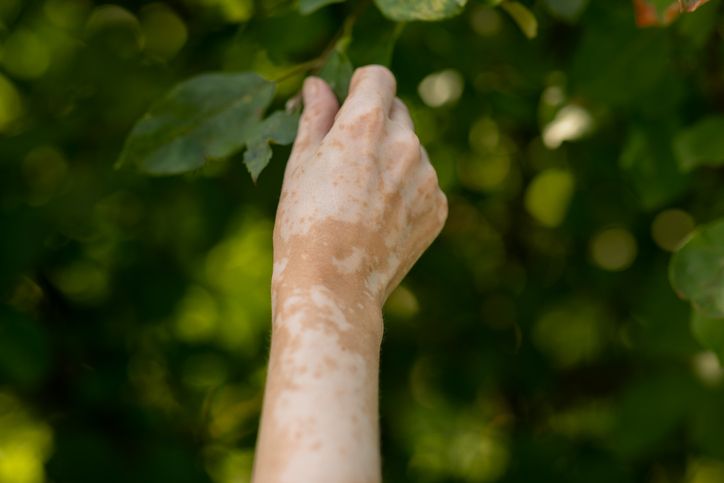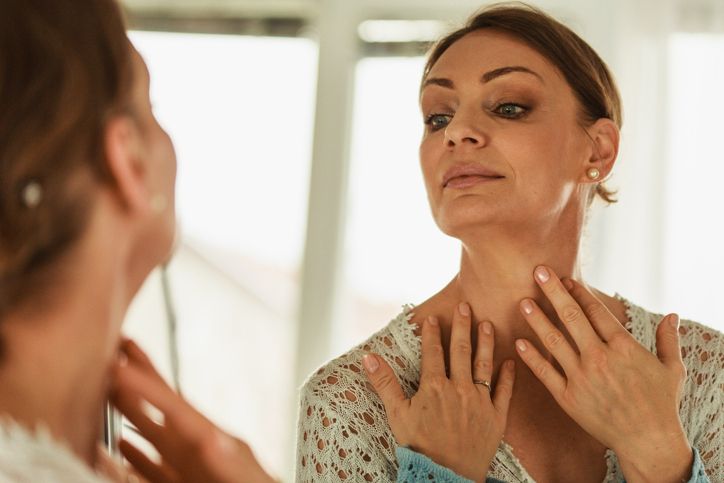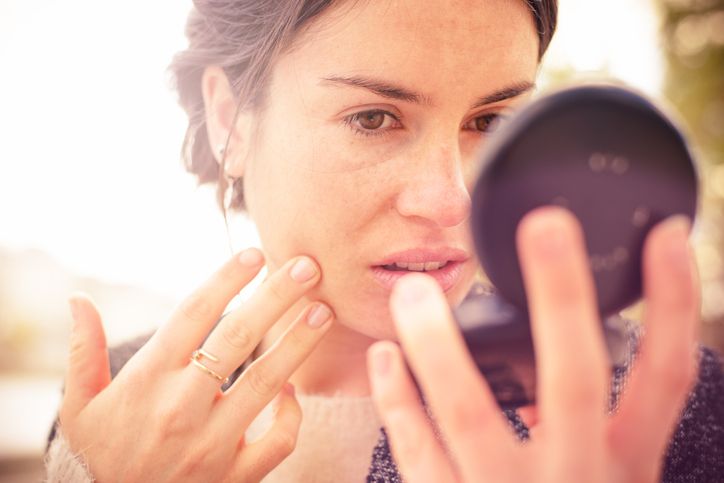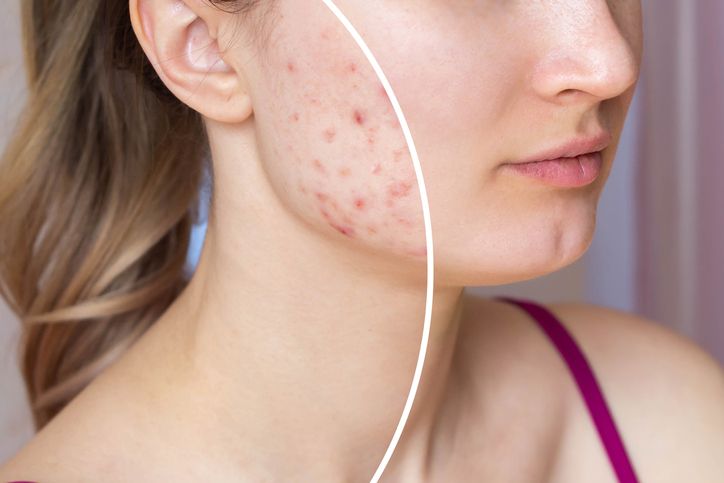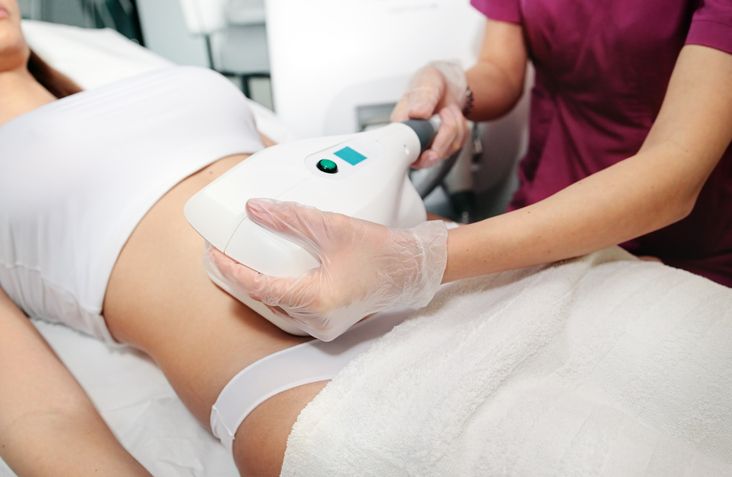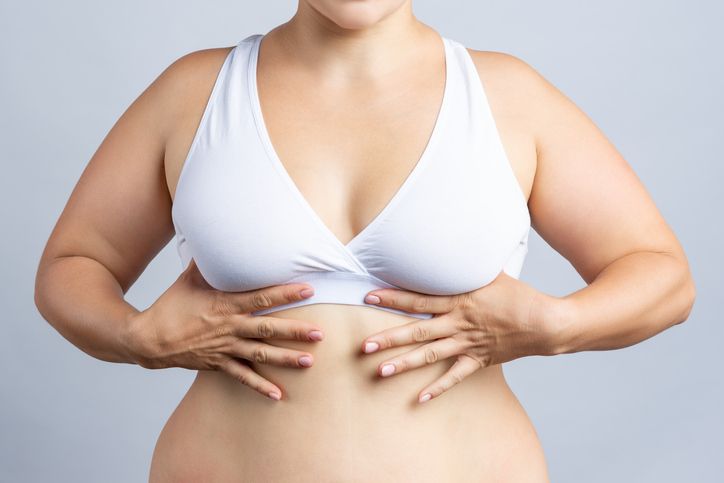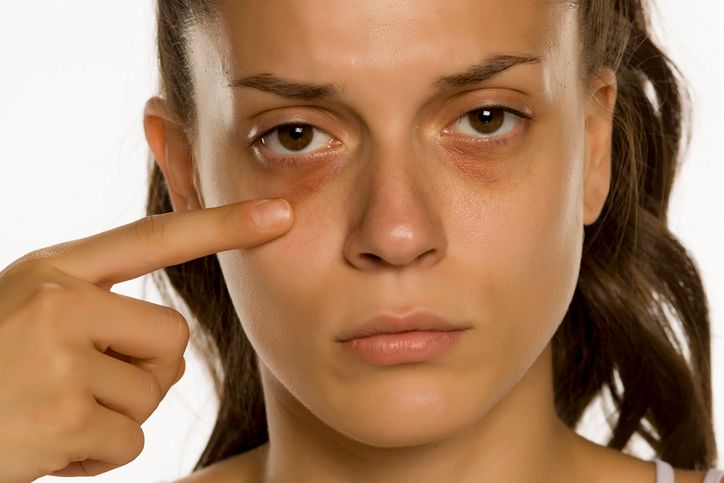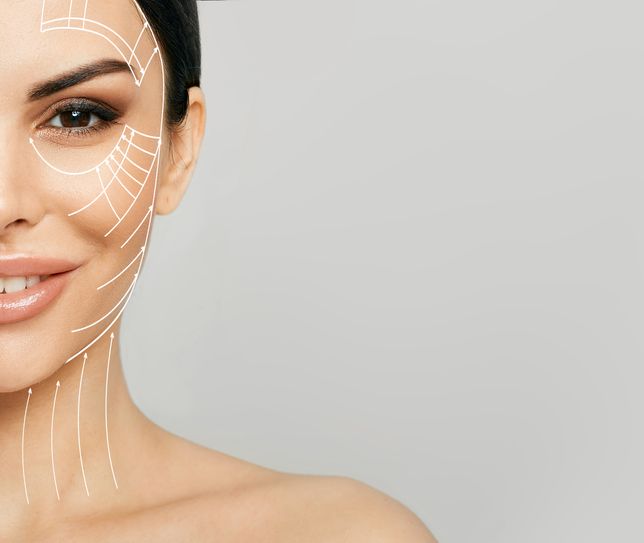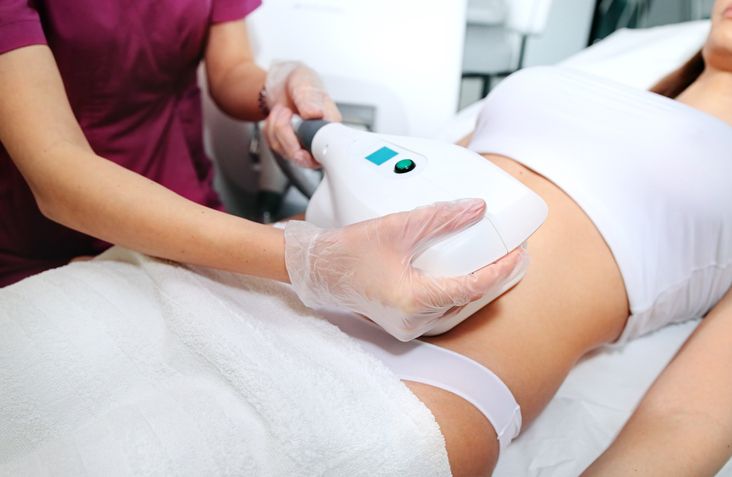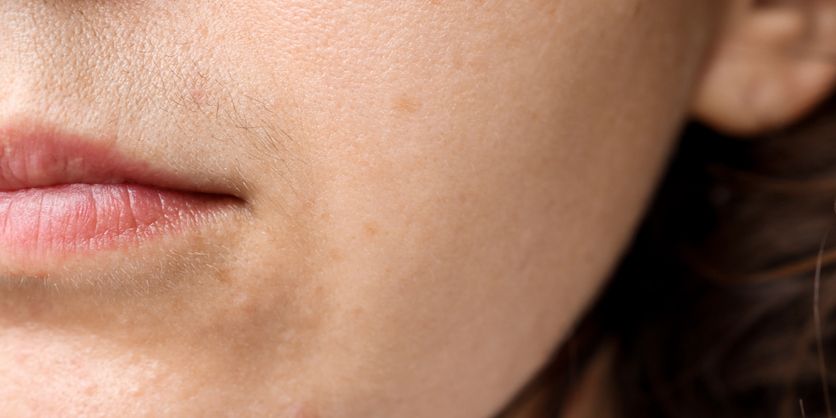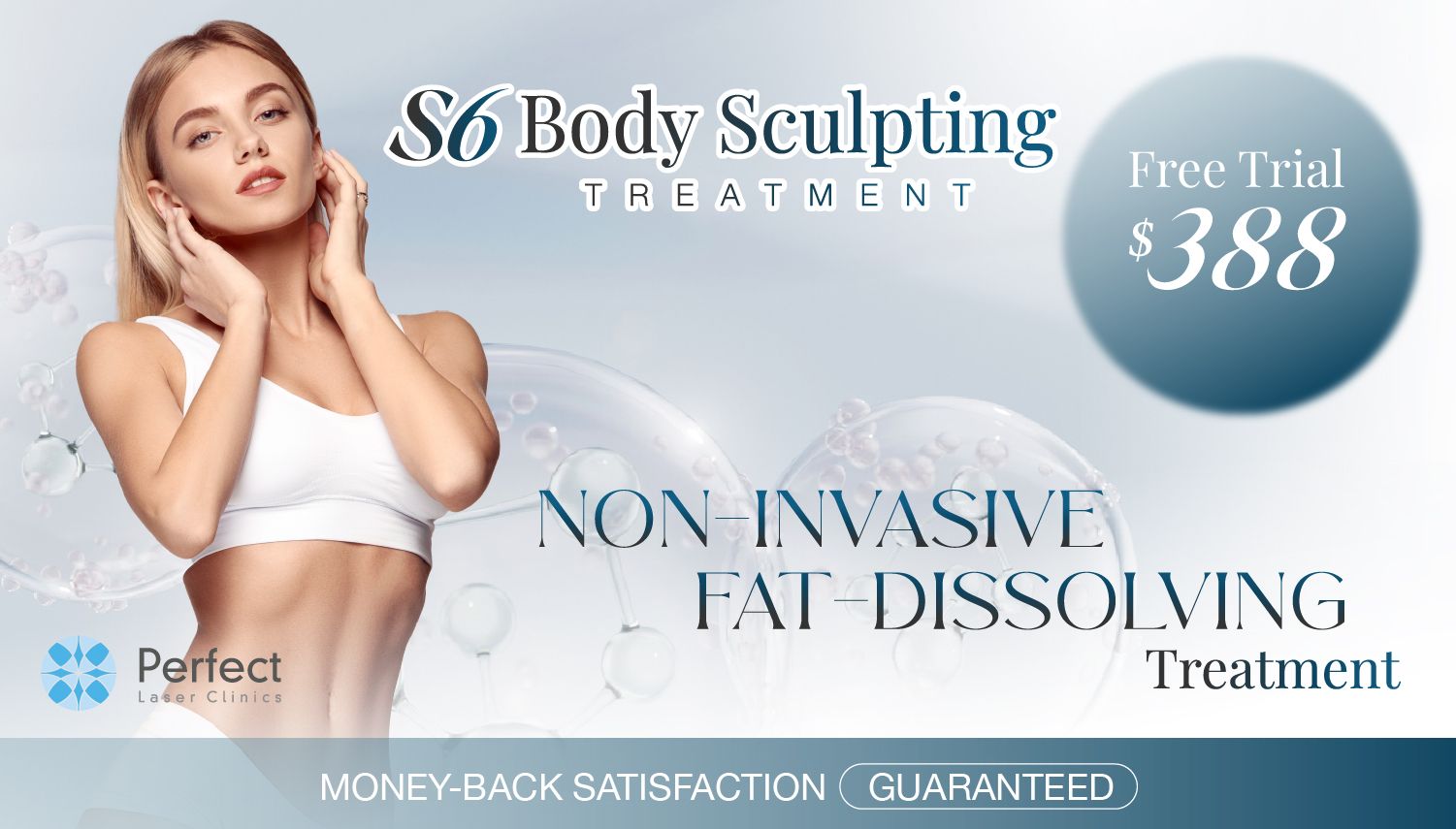
作者: Sophia Man|更新:2024年6月4日
Stretch marks are an unexpected and undesirable consequence of childbearing for several women. These could also impact bodybuilders and individuals who have recently added or lost a substantial volume of weight. Some individuals are unfortunate enough to develop them throughout puberty's physical growth. Whilst keeping a healthy body weight and caring for one's skin are obviously positive steps, the terrible truth is that hereditary and menstrual cramping play a significant influence in the formation of loose skin. There are numerous oils, lotions, and moisturizers on the market that claim to alleviate or even eliminate stretch marks for good. Though Retin-A has already been demonstrated to be somewhat helpful in decreasing the perceived depth of saggy skin, and while some stand by various lotion remedies, most medical authorities concur that the statements are very often exaggerated. In this article, we will be looking at what are stretch marks and the signs, symptoms and causes of these stretch marks. We will also be looking into laser treatments stretch marks that help to remove them. We will also be looking into how the S6 Body Sculpting Treatment helps to sculpt your ideal body while removing stretch mats for a smooth and toned body!

1
What are Stretch Marks on the Body?
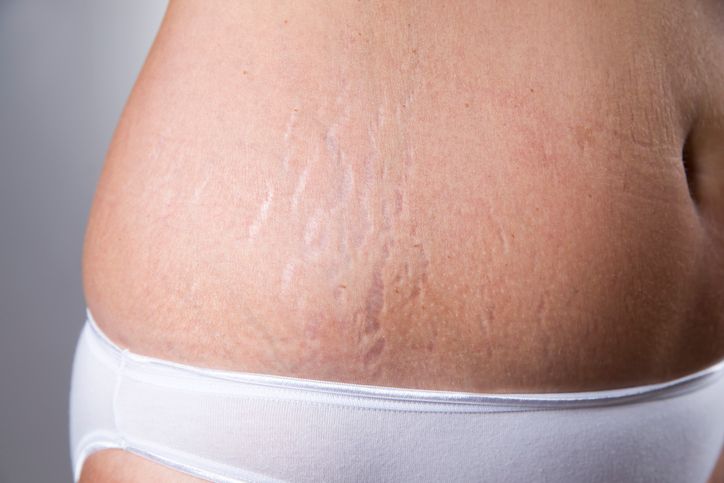
Stretch marks, or marks caused by fast stretching or shrinking of the skin, often appear as strips of lines going across the skin.
Stretch marks are extremely prevalent, with up to 90% of individuals experiencing them. They are most common before, during and well after pregnancy, or after similar abrupt or rapid weight loss. Adolescents who are capable of growing, for instance, may develop stretch marks.
These scars can develop almost everywhere, however, they are most commonly found on your:
· forearms · legs · bottom · chest · abdomen
When you press your fingertips against them, you may feel a little roughness or imprint on the skin. They may also be uncomfortable or unpleasant.
Stretch marks do not damage your well-being. Stretch marks, like other wounds, can indeed be lifelong, however, they can also develop and dissolve as time goes by. Stretch marks during pregnancy, for example, usually vanish 6 months following childbirth.


2
What are the Root Causes of Stretch Marks?

Stretch marks occur for two primary reasons:
· trying to stretch the skin · the rise in cortisol levels throughout your body
Cortisol is a chemical that the adrenal lobes normally create. However, possessing excessive amounts of this substance might result in a reduction of skin suppleness.
Stretch marks also appear more likely in specific situations. Stretch marks, for instance, are frequently seen during childbirth when the skin extends in numerous manners to make space for the growing embryo. Stretch marks can be caused by constant pulling and straining.
Stretch marks might form when people either experience rapid weight gain or weight loss. Stretch marks could also appear in adolescents following a rapid growth surge. Furthermore, corticosteroid lotions, creams, and tablets might cause stretch marks by reducing the skin's capacity to expand.
阅读更多

3
Who are More Susceptible to Developing Stretch Marks?

By checking the epidermis, a physician or other medical provider can typically detect if you suffer from stretch marks.
They'll usually go over the medical records as well because some medical problems can lead to stretch marks. These are some examples:
Cushing's disease
Cushing syndrome, also known as hypercortisolism, is characterised by unusually high amounts of adrenaline and cortisol. This can take place in a number of different circumstances.
The following includes the most prevalent indications of this circumstance:
· Fatty deposits are caused by weight increase, particularly in the belly, the face (resulting in a round, lunar surface face), and the area between the shoulder and the back muscles which can cause a hump. · Scars on the chest, forearms, stomach, and legs are purple. · Thinner skin that bruises readily · Poor healing skin damage · Pimples · Tiredness · Muscle spasms
Marfan syndrome
Marfan disease is a collagenous illness that has an impact on body development. Connective tissues support the skeletal frame as well as all of the internal organs in the body. Marfan syndrome, often known as Marfan's disorder, is caused by a mutation in the FBN1 (fibrillin-1) chromosome. It is frequently, but not necessarily hereditary.
Every connective network problem, such as Marfan syndrome, can damage the full body, especially the bones, tendons, skin, eyesight, arteries, heart, as well as other organs.
An individual experiencing Marfan syndrome could indeed:
· be extraordinarily tall and thin · have sloppy bones · experience difficulties with their eyesight, cardiac, or even other medical problems
The indications might be modest to extreme. They might also arise and develop at different rates. Some acquire these as kids, whereas others do not experience any differences until they become grownups.
Ehlers-Danlos syndrome
Ehlers-Danlos syndromes or commonly known as EDS are a hereditary category of disorders characterised by defective protein activity. They have the potential to harm tendons and ligaments, which sustain and form the epidermis, bones, vertebrae, arteries, and tissues.
EDS patients may well have a greater joint range of motion as well as a flexible, fragile epidermis that is vulnerable to breaking. Each instance of EDS is unique, therefore there is no single treatment for the illness.
Chronic liver disease
The liver is the second-largest organ in the body (after the skin). It is roughly the diameter of a football and lies a little under the ribs on the right-hand side. As vitamins and trash pass throughout the digestive tract, the liver divides them. It also generates bile, a chemical that transports poisons from the system and assists in digestive activities.
Any of the various disorders that may damage and destroy the liver are referred to as "liver problems." Cirrhosis, a type of scar tissue that develops on the liver, can occur as a result of liver illness over age. The liver could no longer operate effectively as scar tissue formation substitutes functional liver tissue. If left unchecked, liver illness can progress to organ dysfunction and malignancy.
Anorexia nervosa
Anorexia nervosa, often known as anorexia, is a type of dietary illness characterised by an unusually low body mass, an excessive fear of putting on weight, and a skewed sense of body mass. Anorexics place a significant emphasis on managing their body size and shape, putting in excessive measures that drastically disrupt their lifestyles.
Adults suffering from anorexia frequently seriously limit their food intake in order to avoid or maintain weight reduction. They may limit their calorie consumption by puking after meals or abusing laxatives, diet supplements, diuretics, or enemas. They could also attempt to shed weight by undergoing intensive training. Despite how much fat is dropped, the individual is still afraid of getting fat and may experience stretch marks.


4
How Many Types of Stretch Marks are There?

There are several medical names related to stretch marks, and distinct wounds may form based on the source of the stretch mark. Stretch marks are commonly referred to as striae by physicians and other health care professionals.
Stretch marks will not endanger one's well-being because they're innocuous, and the sole difficulty most individuals have with their existence is their visual aspect.
Striae rubrae
Striae rubrae is the initial phase of stretch marks, displaying the first tangible signs of overstrained skin. The skin usually straightens because of progressive shrinkage or deterioration and loses rete lines. Collagen strands stiffen and grow more closely packed, forming a vertical or parallel structure. The quantity of elastic fibres diminishes as well.
At this phase, inflammation signs caused by hyperextending are most visible, and the damaged skin appears pinkish/reddish or simulating in appearance. Markings might seem smooth, but they can also be slightly high. The width and length of the structures continue rising. Stretch marks could become scratchy at this phase, but they are mostly benign.
Striae albae
Striae albae is the more persistent (or matured) phase of stretch mark development. Stretch marks develop scar-like, unevenly formed, and depigmented that appear faded or white and vascular modifications may disappear. Some individuals also might acquire a delicate wrinkled appearance. The transition from striae rubrae towards striae albae is slow and can take months or even years. Advanced stretch marks might also become increasingly visible as one's skin flexibility declines gradually with age.
Striae Gravidarum (Stretch marks during pregnancy)
Striae gravidarum are subsequent to striae distensae which occur as a consequence of childbirth. Stretch marks of this sort are most noticeable on an expectant woman's tummy, chest, and thighs, and they usually appear from around the 6th or 7th month of the pregnancy, but they can appear as soon as 24 weeks.
Stretch marks may occur around an expectant woman's lower spine, forearms, waist, and bottom. Stretch marks start as striae rubrae and progress to longitudinal hypopigmented valleys with fine creases.
The biological and hormonal alterations that take place during childbirth cause a decrease or shortening of elastin fibres and microfibrils which is a type of glycoprotein in the dermal layer. This could explain why stretch marks in expectant women appear in a more parallel fashion (typically forming beside each other) instead of vertical coordination. Stretch marks produced after childbirth usually diminish and develop after a year or two during postpartum. Stretch marks, for the vast majority, don't really fade entirely.
Striae nigrae
Stretch marks in slate grey or black can be seen in people with darker skin tones.
Striae caerulea
Stretch marks that are navy blue or purple in colour can be seen in people with darker skin tones.
Striae atrophicans
Thinned epidermis with stretch marks - this can occur in people having Cushing's syndrome as a result of long-term corticosteroids treatment or following a surgical operation.
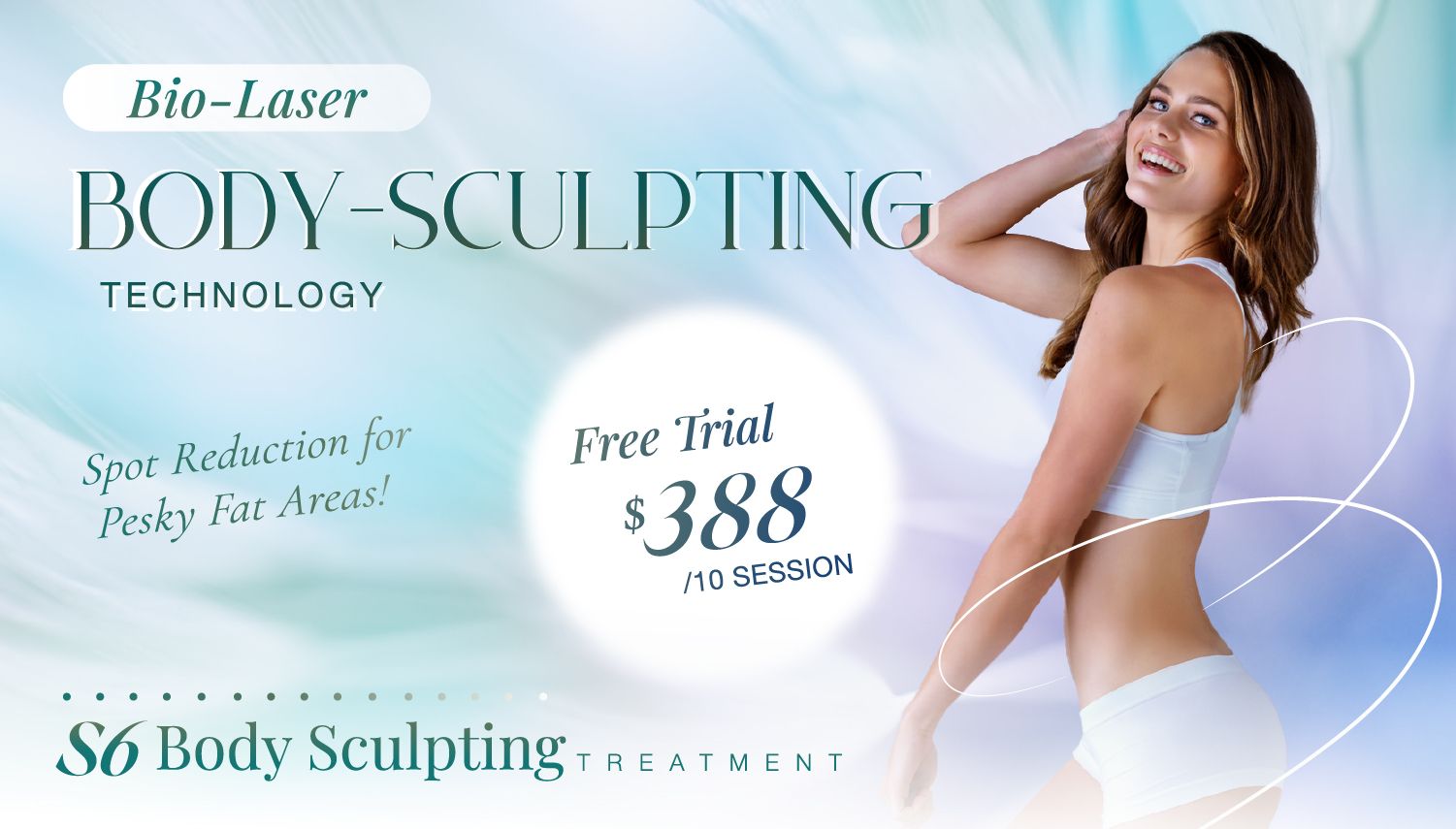

5
Do Laser Treatments Stretch Marks Removal Help Smoothen the Skin?

Laser therapies stretch mark reduction entails laser resurfacing to remove striae. It operates by eliminating the skin's uppermost layer to aid in reconstructing the tissue beneath.
Light beams are employed in intense volumes during the operation to induce new development. Despite its inability to entirely eliminate stretch marks, laser therapy for stretch mark reduction may contribute to making striae smoother, so minimising their presence.
For skin rejuvenation, two different types of pulses are used: ablative rays and non-ablative lasers. Stretch marks are treated using ablative treatments which can consist of CO2, and Erbium YAG. These help by damaging the outermost layer of the skin. The structure and look of the newly created healthy skin will be softer.
The topmost skin layer is not destroyed by non-ablative laser beams that are Alexandrite, or Fraxel. They primarily target the deeper parts of the surface of the skin to induce collagen production from within. Skin needling can also be done to reduce stretch marks but it has the potential of causing harm to different skin types.
Laser skin rejuvenation is only one of the stretch mark removal treatment techniques accessible. Surgical procedures are the most intrusive, however, it also offers lengthy results. However, it has a greater recovery process and the risk of developing wounds on the skin after surgery.
Thankfully, the S6 Body Sculpting Treatment at Perfect Laser Clinics is clinically proven to reduce fat deposits in the body and smoothes the skin to ensure no stretch marks are visible after the treatment!


6
S6 Body Sculpting Treatment: Removes Stretch Marks and Lose Body Fat!

The S6 Body Sculpting Treatment at Perfect Laser Clinics is a revolutionary body contouring treatment that uses bio-laser energy that penetrates deep into the subcutaneous layer and dissolves fat cells and fat deposits. These dissolved fat cells become fatty acids and are then removed from the body’s lymphatic system.
Most body contouring treatments leave the skin feeling loose due to the rapid loss of fat cells but this laser treatment for stretch mark removal helps to induce new collagen production that tightens the skin to give you a smoother and even skin texture. Sagging skin is not an issue once you have undergone the S6 Body Sculpting Treatment!

7
Conclusion

Stretch marks are the product of loose skin that happens due to many different reasons but there are many products that have claimed to reduce stretch marks.
Although topical creams, micro-needling and microdermabrasion are viable options to remove stretch marks, laser treatments stretch marks removal have been on the rise as it is a much more efficient way to reduce the visibility of stretch marks to give you smooth and tight skin post-treatment.
The S6 Body Sculpting Treatment is a one-stop permanent fat reduction treatment that not only helps to lose stubborn fat deposits in different regions of the body but also aids in smoothening stretch marks on the body. With the increased amount of collagen production during this laser treatment, you can now have a tight and toned skin texture that is smooth and firm!
Book your free consultation today for smooth and toned skin with a slim body!
常見問題
Is the S6 Body Sculpting Treatment specifically designed to remove stretch marks?
The S6 Body Sculpting Treatment is a body contouring treatment that helps to reduce fat deposits in the areas of the body that are hard to lose. The bio-laser energy emitted from this laser treatment helps to remove stretch marks but increases collagen synthesis that aids in smoothening the skin texture to give a more tight and toned body figure. This laser treatment can be used on most skin types after a careful evaluation by our in-house beauticians.
How many sessions are needed to see a difference in the skin texture and fat loss in the body?
The S6 Body Sculpting Treatment is normally recommended to undergo 10 times for effective treatment results of reduced body fat and a smooth skin tone with few stretch marks.
Is there a long recovery time after the S6 Body Sculpting Treatment?
The S6 Body Sculpting Treatment does not require you to allocate a special recovery time as it is a non-invasive body contouring treatment that removes stubborn fat cells and does not cause them to regenerate. Unlike skin needling that causes damage to collagen production, the S6 Body Sculpting treatment synthesises new collagen to reduce the formation of stretch mark.
Who is not suited for the S6 Body Sculpting Treatment?
The S6 Body Sculpting Treatment is not suited for women who are pregnant or breastfeeding as it can be detrimental. It is also not suited for individuals with chronic skin illnesses, cardiac issues and other severe ailments. But not to worry as our professional wellness consultants will conduct a thorough body check-up to ensure your suitability for the treatment.
How to ensure the effects of the treatment stays for a longer time?
The S6 Body Sculpting Treatment helps to remove existing fat deposits to give you a firm and toned body with an even skin texture. Ensure you apply sunscreen to ensure the treated area is not affected by excessive sun exposure. As the skin heals, you can see a tighter and toned body with fewer stretch marks that can be achieved without utilising the surgical way. You must also ensure to maintain a balanced diet to ensure no extra fat cells are deposited.
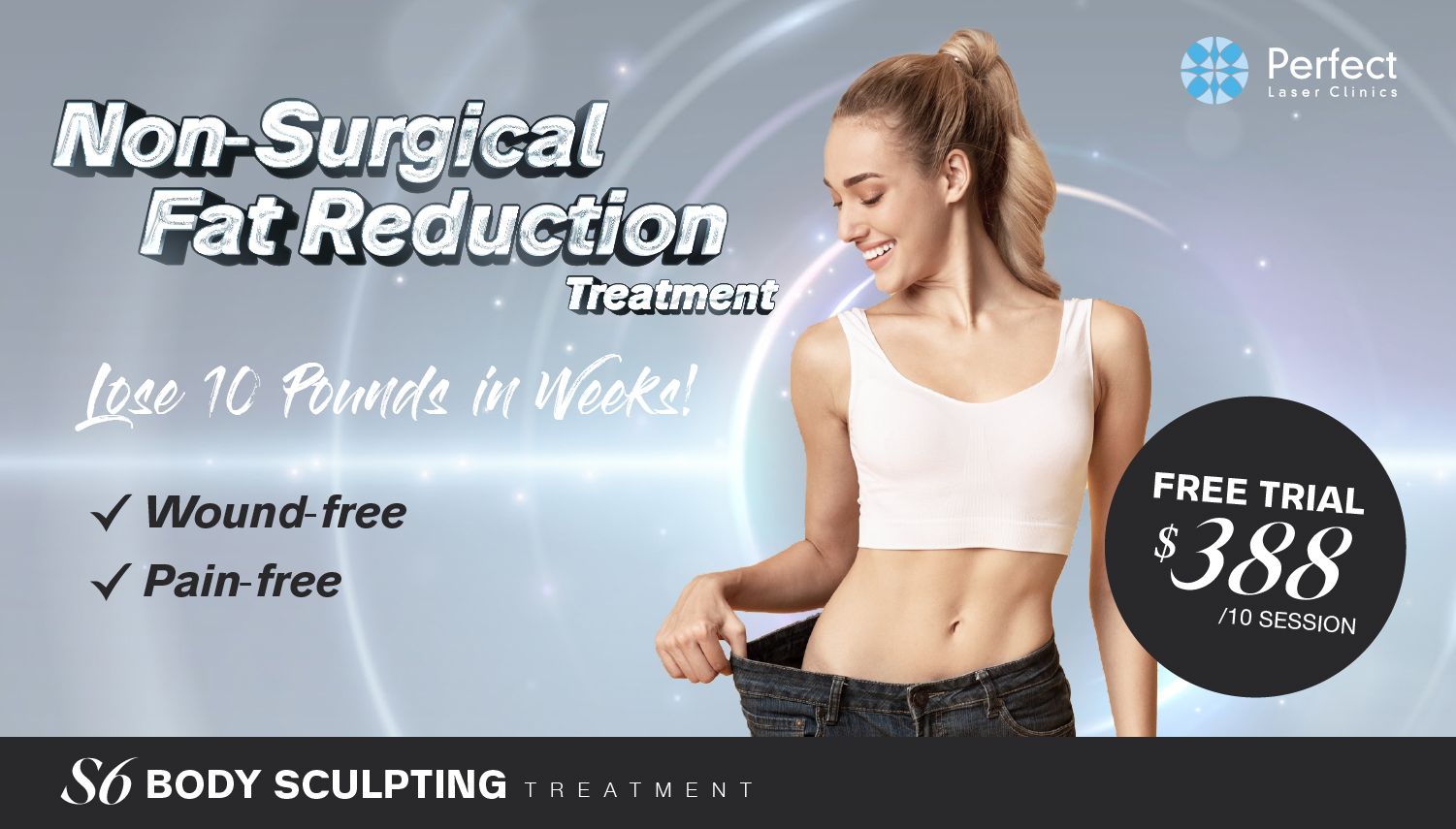
推介文章
COPYRIGHT©Perfect Laser Clinics 2025 ALL RIGHTS RESERVED










